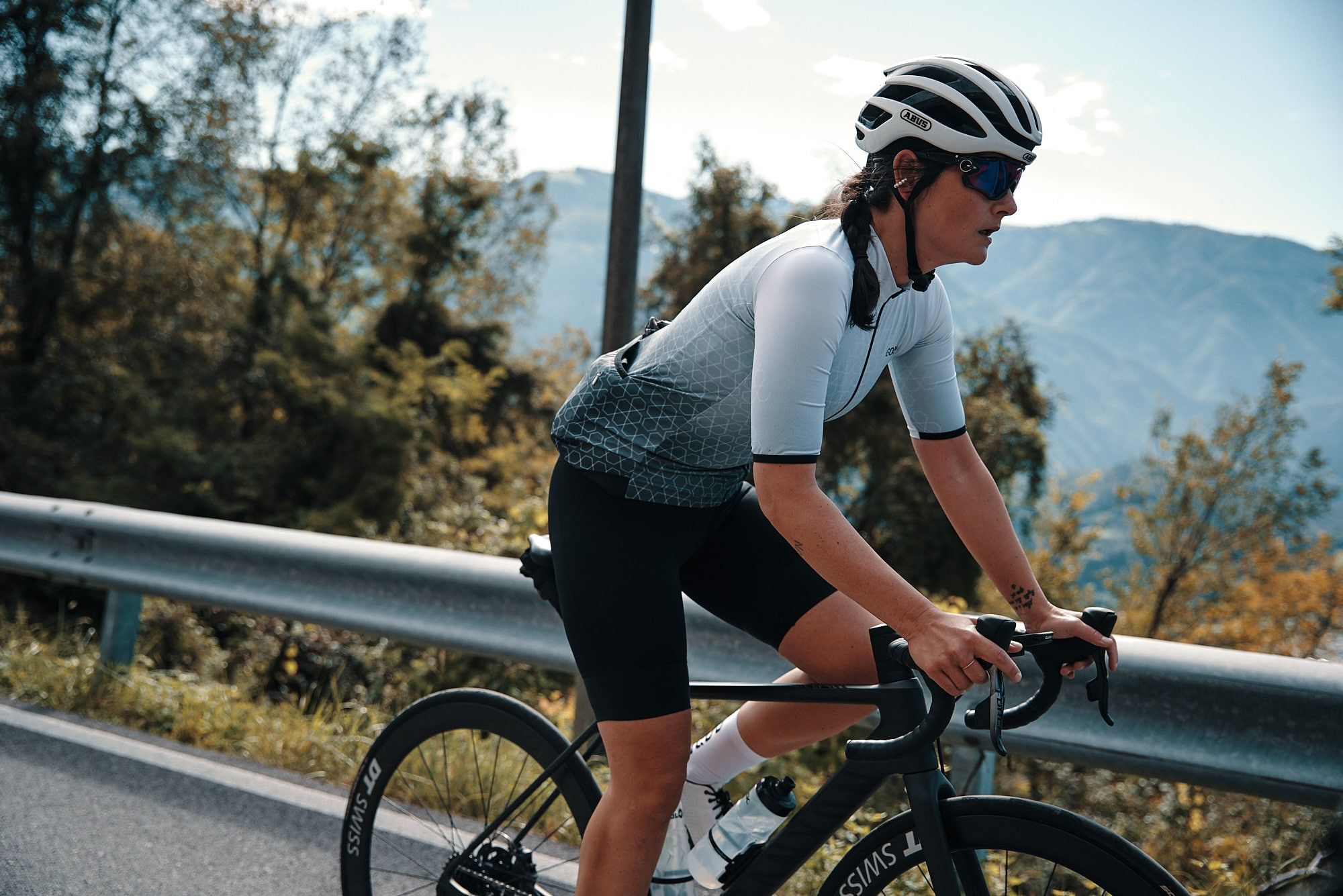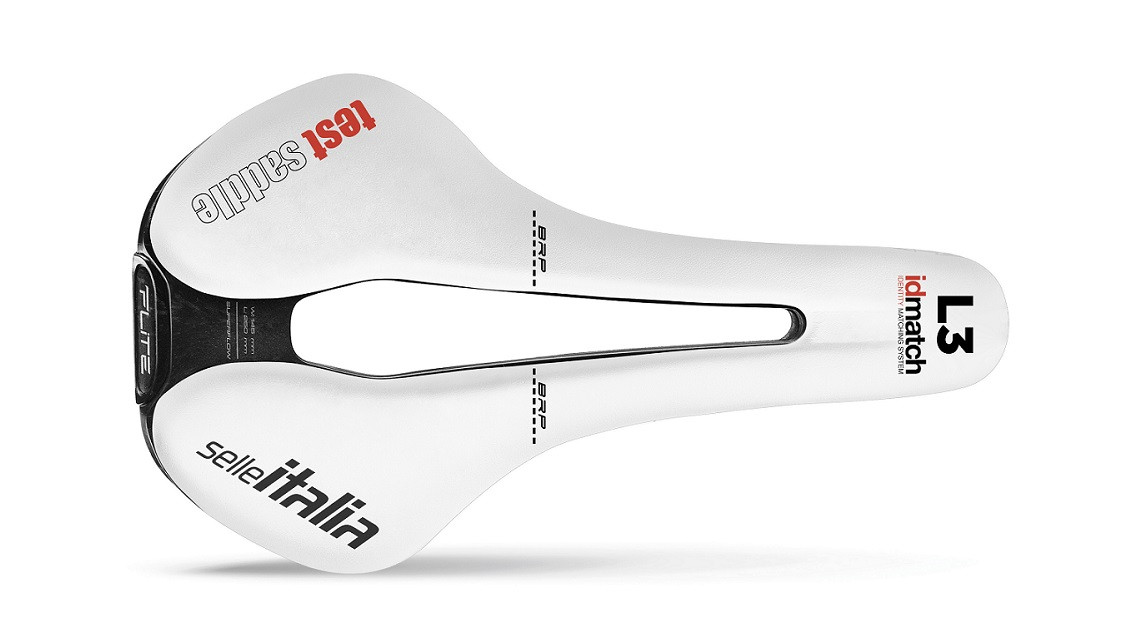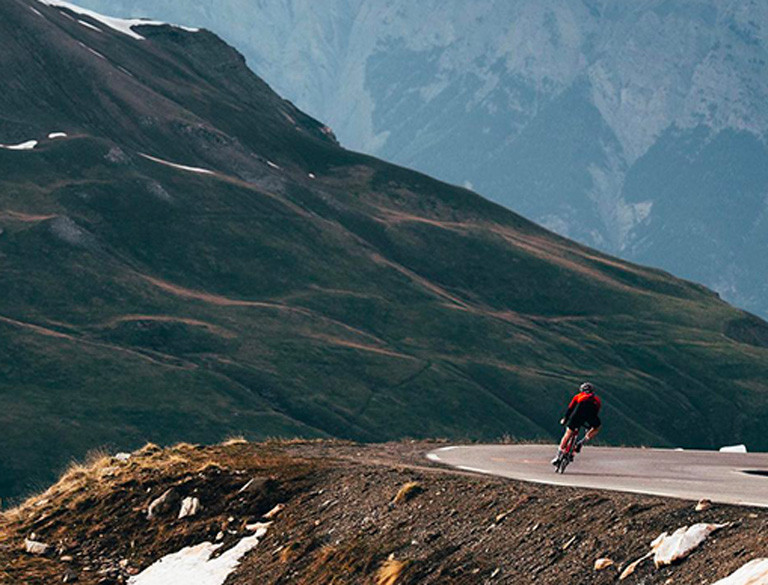HOW TO CHOOSE THE OPTIMAL SADDLE

There is no doubt that one of the most important points for comfort on a bike is the support on the saddle. Amateurs, amateurs and professionals are constantly looking for a comfortable and functional support, which guarantees their comfort but also an adequate performance. Furthermore, inadequate support on the saddle can accentuate problems already present in the subject such as inflammation of the urinary tract or tenderness in the perineal region. For years it was erroneously believed that, anatomically complementary to the shape of the support, saddles could guarantee a better seat. Today, with more in-depth investigation systems, it has been identified how important it is to maintain adequate space in the area between the saddle and the pelvic region. In the last years, a series of new indications have been rewritten, which have allowed us to partially revolutionize what have been convictions of the past, and which today no longer have any foundation.
The first concerns the width of the basin. In a study conducted on 50.000 people between men and women, it has been demonstrated mathematically that the distance between the two ischiatic bones, that is the two points of support of the pelvis on the saddle, is not only linked to the gender (male-female), but the different width is more influenced by the size of the subject. The understandable error of assessment was born over the years from the different conformation of the basins between men and women. In fact the two ischial tuberosities of the woman are much more open than those of men, but this different width does not correspond to an equally greater distance because on average the woman's pelvis is smaller than that of an average man. Therefore, the first fundamental point in choosing a saddle is linked to gender but also to the size of the individual.

Also in the same study, it was shown how much the subject's support point on the saddle changes according to the circumference of the thighs at the root. This measure, if compared to the width of the pelvis, can impose a different advance or retraction on the saddle. The reason why the thigh circumference modifies the advancement or not on the saddle derives from the inability to extend the lower leg, due to the resistance offered by the lateral profile of the saddle during the extension of the thigh on the pelvis. To better understand this concept let's try an example. If you notice how the seat of a horizontal gym bike is made, you will notice that it is much shorter than a normal seat just to give the thigh the possibility to extend completely and allow pedaling. A longer session would prevent this movement. A similar situation occurs with saddles with wings too wide; they oblige the subjects with circumferences of thighs more generous with respect to their pelvis, to assume a more advanced position, where the saddle is narrower, to free the movement of the whole thigh. However, the obliged advancement leads the subject to rest in a different point than the one designed by the manufacturer and therefore with considerable discomfort for the cyclist. In fact, sliding forward brings the ischial tuberosities out of the saddle support plane which in turn wedges itself with the front part of the nose inside the ischial arch, increasing the pressure in an area not predisposed to bear it.
A forward rotation of the pelvis on the saddle influences the choice of the type of model, too. A subject that is positioned on its own means rotates the pelvis forward (antiversion) drastically reduces the space between the saddle and the ischial arch, consequently increasing the pressure on the soft tissues passing through that area. For subjects with a high pelvic rotation, a saddle is indicated that adopts a generous discharge of the central part, carried out with a deep channel or a hole that prevent the tissues from being trapped between the saddle and the pelvic bones.
Identifying a saddle is not a simple thing, because it depends on a series of anthropometric and functional characteristics that make the choice unique and subjective. At the same time, it is equally important to wear the saddle in the right way in order to take full advantage of the benefits that the choice of a suitable product can guarantee.








